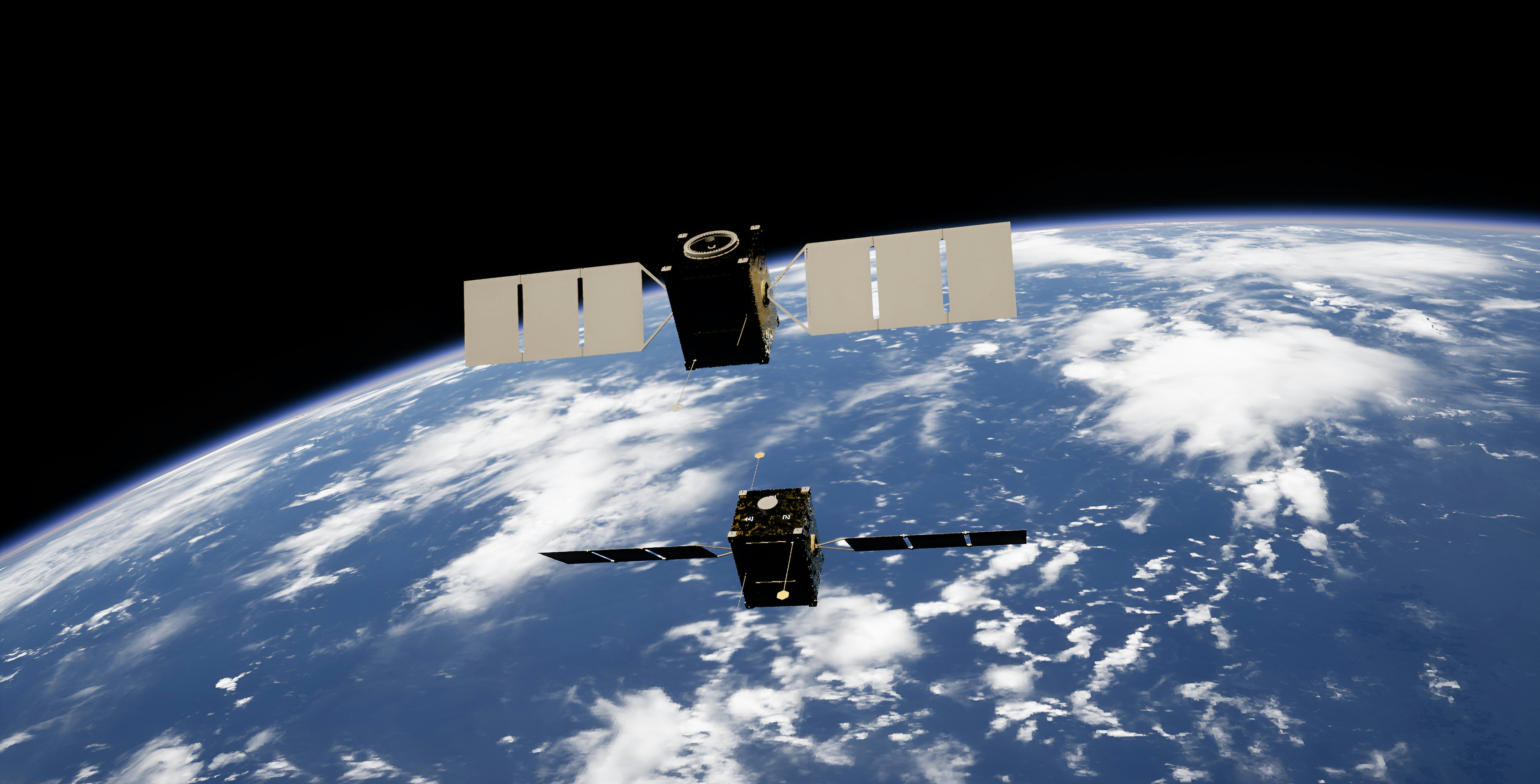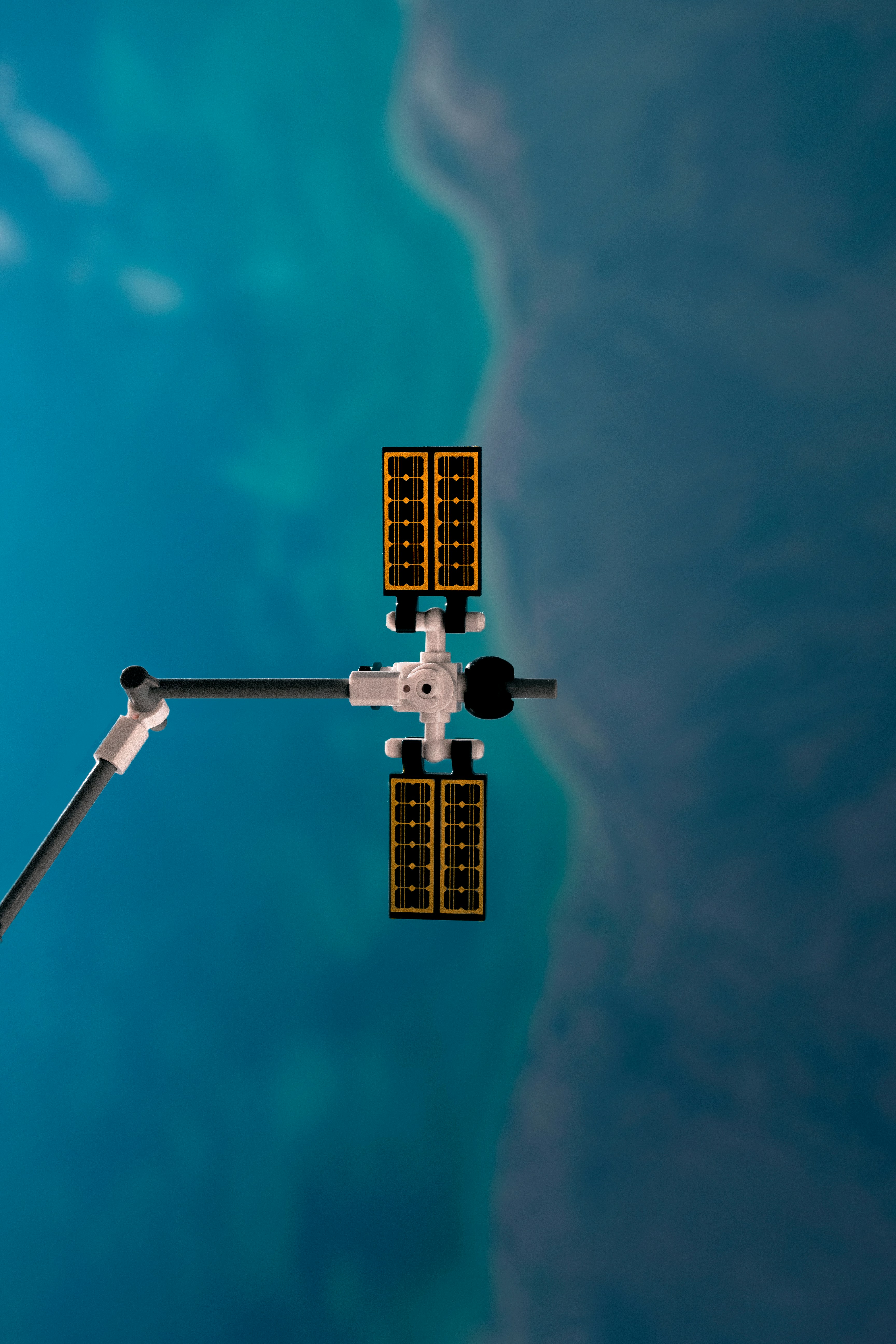About the CAPIBARA Collaboration
We are an international, student-led initiative building the next generation of space observatories. Our mission is to advance high-energy astrophysics while creating a vertically-integrated training platform for the next generation of scientists and engineers. Through hands-on development of real space hardware and open collaboration, we are proving that students can contribute meaningfully to cutting-edge scientific discovery.
The collaboration operates two parallel programs: CAPIBARA-CRD, developing a cosmic ray detector for near-Earth space weather monitoring to fly on the OBA FARADAY satellite, and CAPIBARA-COSMOS, our flagship effort to build a scalable gamma-ray/X-ray satellite constellation. COSMOS follows a deliberate growth path—starting with a single CubeSat pathfinder, advancing to a dual-satellite demonstrator for triangulation, and culminating in an operational network of four observatories by 2035.
We are more than a project; we are building a lasting model for student-led research. Every design document, simulation, and hardware prototype is developed collaboratively across universities worldwide, creating both scientific instruments and the skilled workforce to operate them. Join us in reshaping how space science can be done from the ground up.


